Materials Characterization
Our goal at Expert Labs is to provide state-of-the-art facilities and services to researchers, experts and students for the twenty-first-century workforce and to increase diversity in science and engineering. We offer a variety of services for materials characterization, testing, and processing. Our cutting-edge research facilities include equipment for optical microscopy, scanning electron microscopy, x-ray diffraction, atomic force microscopy, energy dispersive spectroscopy, electron backscatter diffraction, transmission electron microscopy, mechanical testing, and sample preparation.

OUR RECENT SERVICES
https://doi.org/10.1021/acs.energyfuels.4c01256

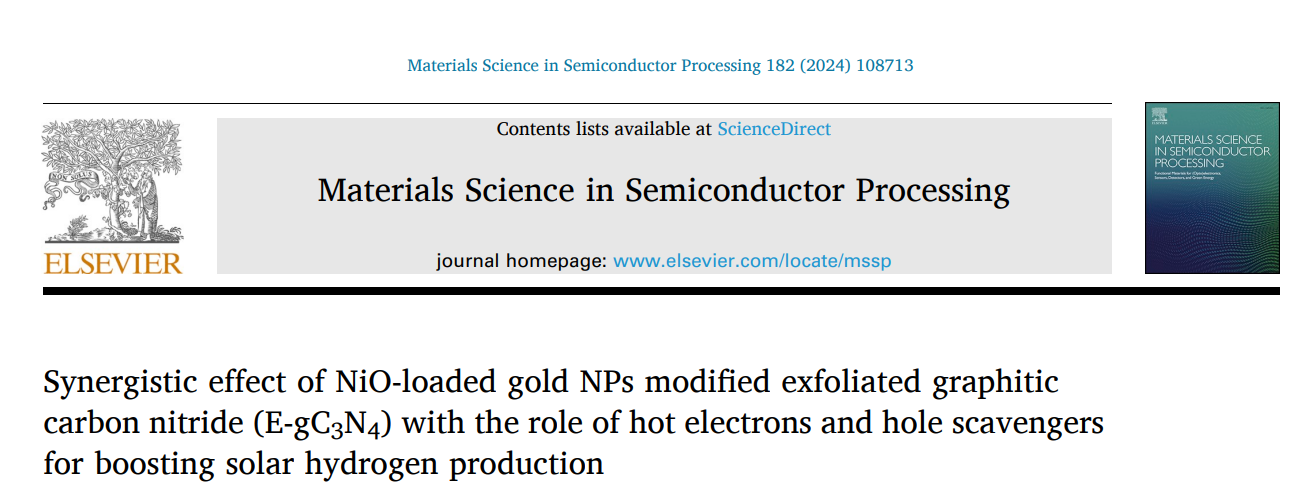
https://doi.org/10.1016/j.mssp.2024.108713
Expert Labs extends its heartfelt gratitude to United Arab Emirates University and its researchers for utilizing our services.
Pricelist For Characterization
Transmission Electron Microscopy (TEM, 120 KV)
$120
Transmission Electron Microscopy (TEM, 200 KV)
Powder samples, sample preparation, and analysis for high-resolution nanomaterials.
$150
X-ray Photoelectron Spectroscopy (XPS)
High-resolution analysis for the composition and elemental state
$120
Field-Emission Scanning Electron Microscopy (FESEM)
Powder and thin film coating
$80
FTIR analysis
FTIR analysis of powder samples
$30
Scanning Electron Microscopy (SEM)
Imaging of bulk samples, EDS analysis, mapping analysis
$50
X-ray Diffraction (XRD)
Powder and thin film coating
$50
UV-visible Analysis (Integrated Sphere)
Powder samples, think film-coated samples
$50
Electrochemical Measurements (EIS, CV, LSV)
Powder samples, FTO-coated glass samples and others
$50
Gas Chromatography (GC)
Analysis of gas samples using sampling bag
Permanent gases (CO, CO2, CH4, H2) and hydrocarbons (C1-C10)
$50
1. TEM (Transmission Electron Microscopy)
TEM, or Transmission Electron Microscopy, is a powerful imaging technique used in materials science, biology, and other fields to view the internal structure of samples at very high resolution. 200kV, analytical mode, LaB6 filament, single-tilting and double-tilting sample holders. Gatan Erlangshen CCD camera, TSL texture analysis system. The JEM-ARM200F enables atom-by-atom imaging resolution and unmatched spatial resolution for atom-to-atom chemical mapping of materials, including EDS (energy-dispersive x-ray spectroscopy) and EELS (electron energy-loss spectroscopy). The completely new electron column design integrates STEM with Cs correlation for atomic spatial energy resolution combined with high probe current for microanalysis. The JEM-ARM200F offers the ultimate stability for imaging and analysis at the sub-nanometer scale.
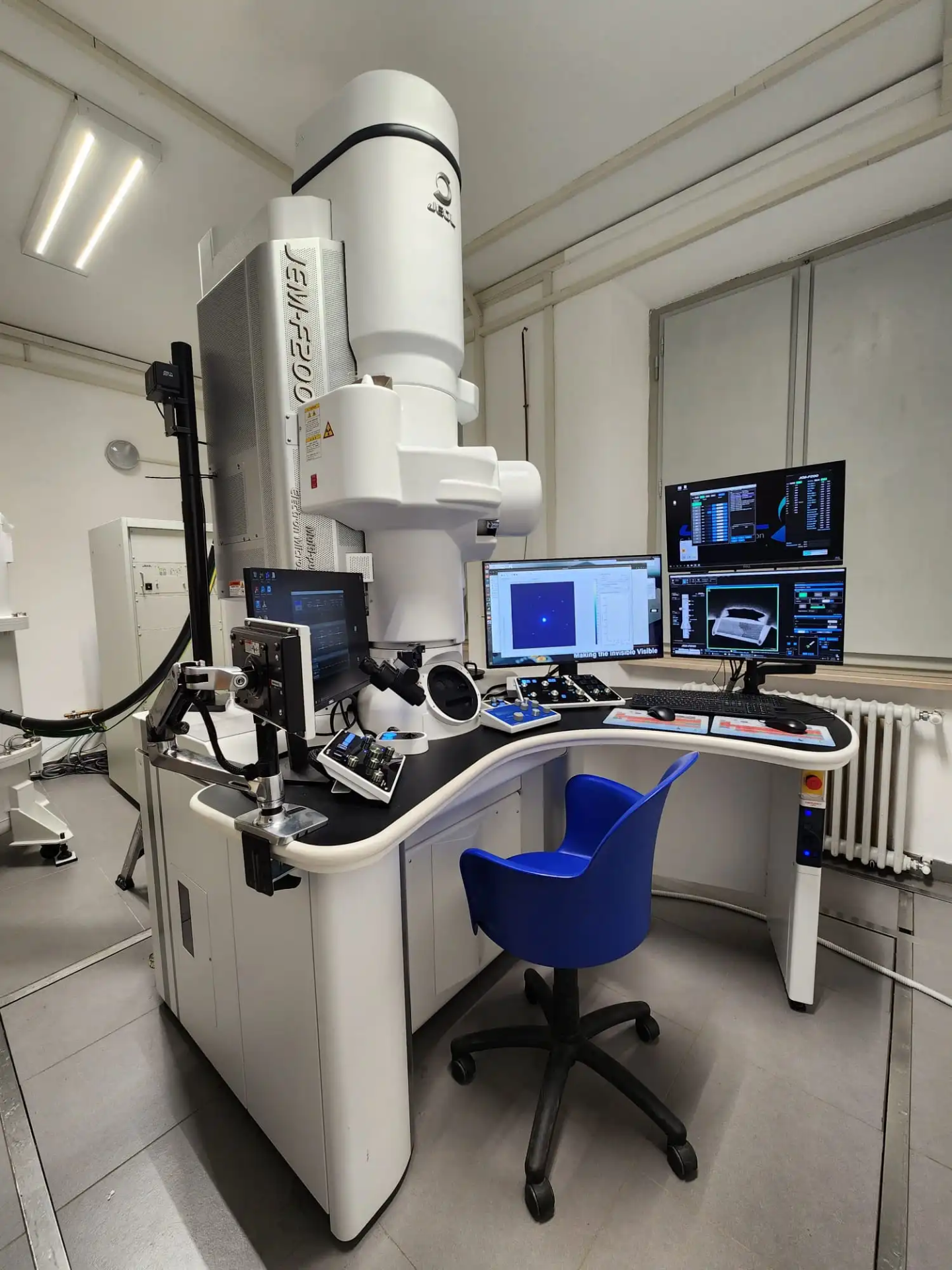
2. FESEM (FIELD-EMISSION SCANNING ELECTRON MICROSCOPE)
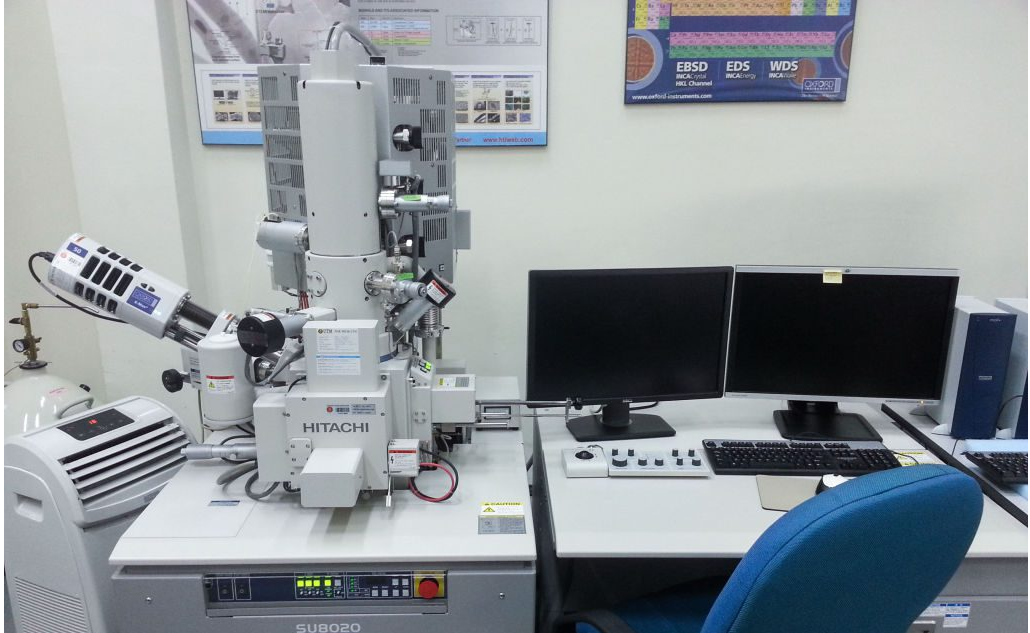
Field emission SEM with ultra-stable, high-current Schottky gun. Advanced optics and detection, including immersion mode, beam deceleration, ETD-SE, in-lens TLD-SE and BSE for the best selection of the information and image optimization. The instrument offer a variety of stage, specimen chamber and signal detection system configurations to meet the wide range of customer-specific needs for indispensable ultra-high-resolution microscopy in the nanotechnology fields, such as semiconductors, electronics, catalysis and other functional materials, biotechnology, pharmaceuticals, and more.
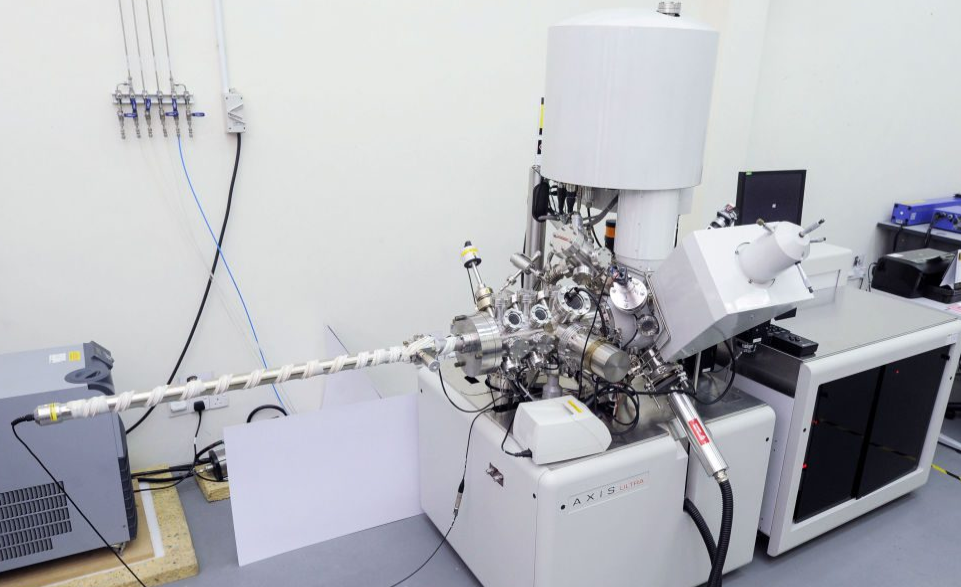
X-ray photoelectron Spectroscopy is a quantitative analysis tool that can provide the elemental composition (excluding hydrogen) and information on chemical bonding environments and oxidation states within the upper 1-10 nm of the surface. An X-ray beam (photon energy, hν) is focused onto a surface resulting in the ejection of electrons with kinetic energies (KE) characteristic of the atoms and bonding environments they originated from. Measured kinetic energies are converted to binding energies (BE). The sample types are 1. Solid, 2. Powder, 3. Dry sample and thin sample. Sample size: Not more than 2cm x 2cm for solid. Thickness not more than 1cm.
4. XRD (X-RAY DIFFRACTOMETER)
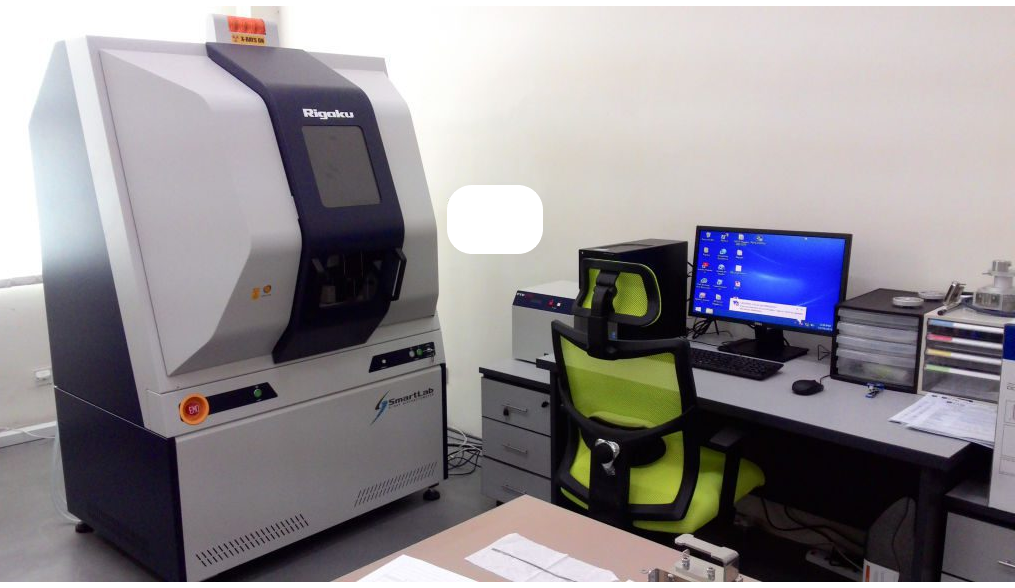
A technique used to determine the atomic and molecular structure of a crystal, in which the crystalline atoms cause a beam of incident X-rays to diffract into many specific directions. X-ray diffraction is based on constructive interference of monochromatic X-rays and a crystalline sample. The interaction of incident rays with the sample produces constructive interference (and a diffracted ray) when the condition satisfies Bragg's Law.
5. DSC and TGA Thermal Analysis Systems
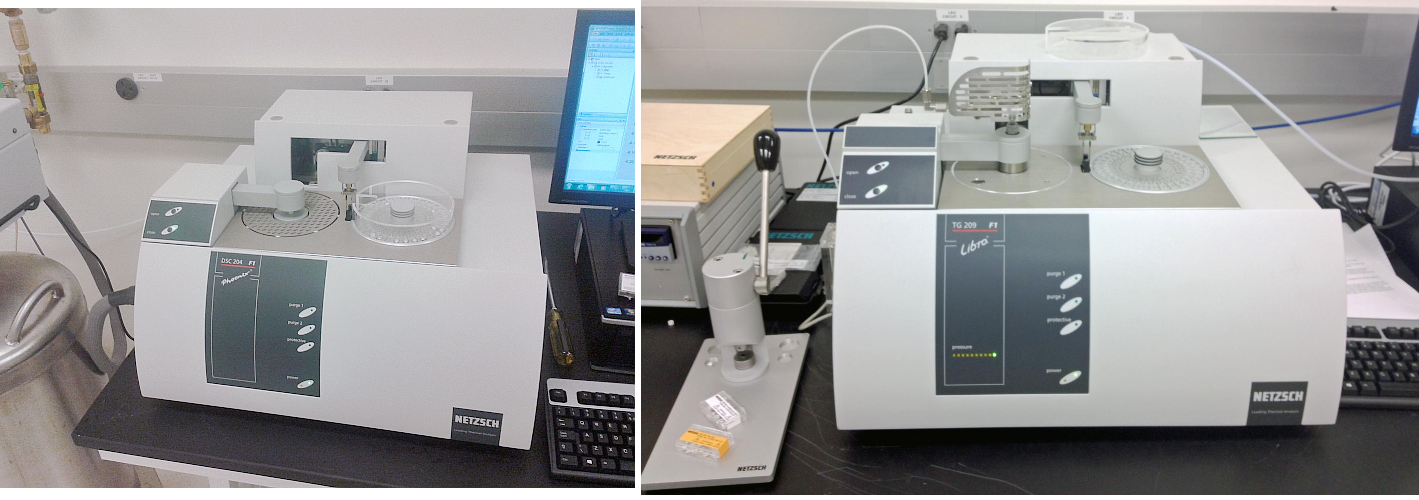
The SMCF facility has two thermal analysis systems: a differential scanning calorimeter (DSC 204 F1 Phoenix) and a thermogravimetry analysis system (TGA 209 F1 Libra). Both systems operate through a large temperature range from -170°C to 600°C for the DSC, and 25°C to 1100°C for the TGA. These systems allow users to study and measure various thermal properties of materials such as; glass-transition temperatures, melting temperatures, melting enthalpy, crystallization temperatures, crystallization enthalpy, transition enthalpies, phase transformations, phase diagrams, and other thermal properties.
6. SAXS (SMALL ANGLE X-RAY SCATTERING)
Small Angle X-ray Scattering or SAXS is a technique where the elastic scattering of X-rays (wavelength 0.2 nm) by a sample which has inhomogeneities in the nm-range, is recorded at very low angles (typically 0.1 - 10°). This angular range contains information about the shape and size of macromolecules, characteristic distances of partially ordered materials, pore sizes, and other data. SAXS is capable of delivering structural information of macromolecules between 5 and 25 nm, of repeat distances in partially ordered systems of up to 150 nm.
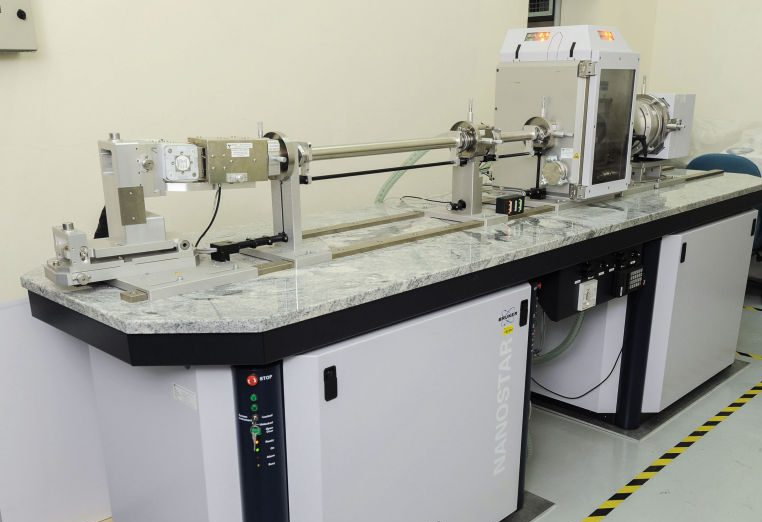
7. RAMAN (RAMAN LABRAM HR EVOLUTION)
Raman spectroscopy can provide key information about chemical composition and material structure. The Raman effect results from the interaction of laser light With molecular vibrations within the sample and is highly sensitive To small changes in chemistry and molecular environment.
- Ultra-violet: 325 nm = He Cd
- Visible: 633 nm = Helium-neon
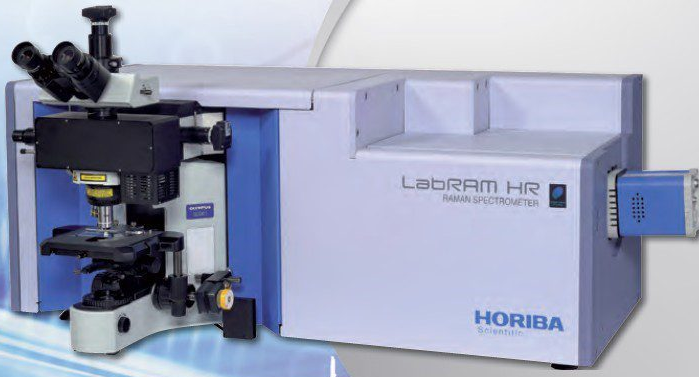
8. RAMAN-AFM (RAMAN XPLORA PLUS)
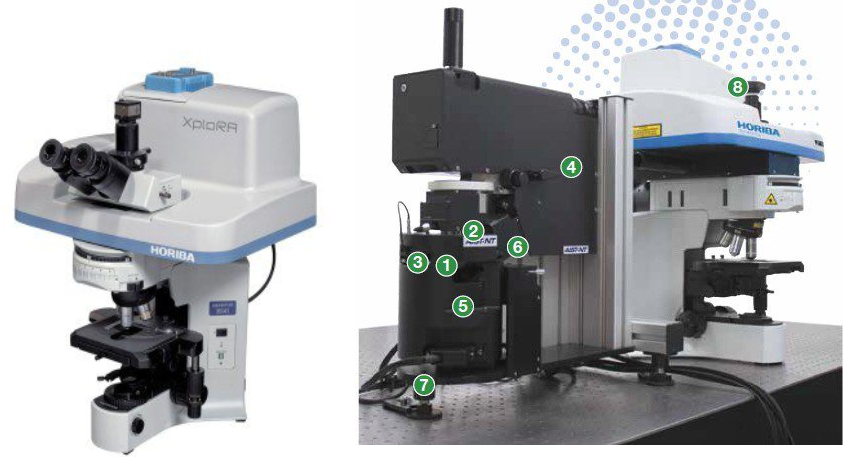
9. AFM (ATOMIC FORCE MICROSCOPY)
Atomic Force Microscope, AFM is a surface technique that using a tiny tip (cantilever) as sensor to investigate surface of a sample. Using AFM, it is possible for us to measure a roughness of a sample surface at a high resolution, in order to distinguish a sample based on its mechanical properties (Eg: hardness and roughness). Example of sample :
• microbes
• thin film
• fabric.
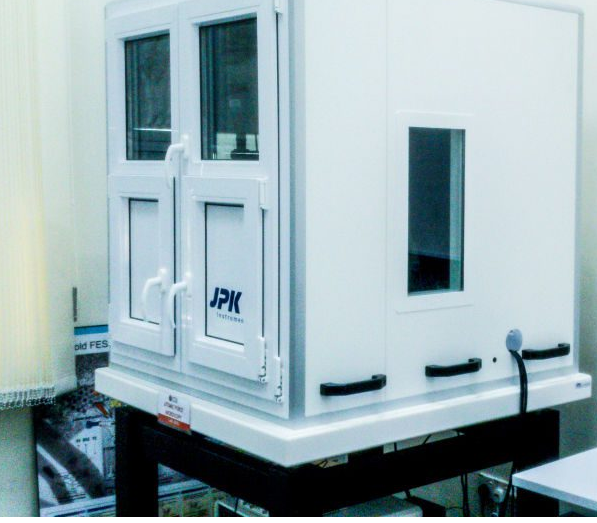
10. Breuneur-Emmet-Teller (BET) surface area analysis
Breuneur-Emmet-Teller (BET) surface area analysis provides specific surface area evaluation of solid materials by nitrogen adsorption measured as a function of relative pressure. The surface area is determined by calculating the amount of adsorbate gas corresponding to a monomolecular layer on the surface of the material. The technique encompasses external area and pore area evaluations to determine the total specific surface area. BET surface area is used to determine various materials from solid microporous to mesoporous materials.

11. Gas Chromatography (GC)
A gas chromatograph is a chemical analysis instrument for separating chemicals in a complex sample. GC provides two different types of inlets which are split/ splitless and Programmable Cool On-Column Inlet. The detector type is a Flame Ionization Detector (FID) and Thermal Conductivity Detector (TCD). All the liquid and gas products can be quantified with the available GCs.

12. Rheometer
The rheometer is used to investigate the deformation and flow of sample behavior. Enabling measurement in rotational mode, it can be used to measure viscosity or flow behavior of sample versus time, shear stress, and shear rate. It can also provide the yield point of the sample based on the measurement data. This rheometer is equipped with a temperature device for the temperature range of -5°C to 200°C.
There are several types of measuring systems that can accommodate measurements of samples ranging from medium viscosity (viscoelastic liquids) to high viscosity (gel-like materials) samples:
- Parallel plate (PP) measuring system
- Cone plate (CP) measuring system
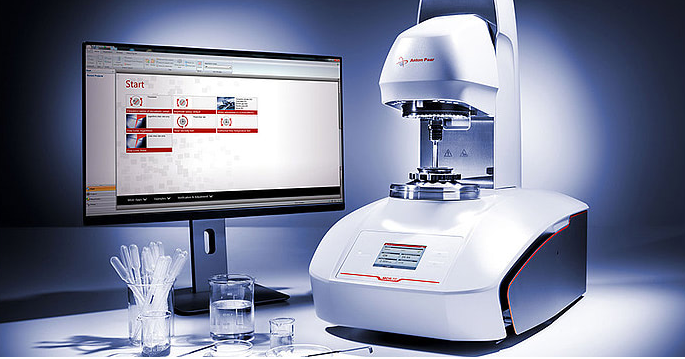
13. Potentiostats

We provide services for all types of electrochemical measurements such as EIS, CV, LCV and others. EIS is a powerful tool for understanding complex electrochemical systems and processes, providing insights that are not easily obtainable with other techniques. We provide measurements for various applications such as Battery and Fuel Cell Research, Corrosion Studies, Electrochemical Sensors, Material Characterization and Biomedical Applications.
14. HPLC (HIGH PERFORMANCE LIQUIDCHROMATOGRAPHY)

15. UV-visible analysis
16. Photoluminescence and time-resolved PL Analysis
Photoluminescence analysis for the solid and powder samples. We also provide services for TR-PL analysis. Time-resolved photoluminescence (TRPL) is an optical technique used to study the recombination dynamics of excited states in materials. It provides information on carrier lifetimes, defect states, and energy transfer processes by measuring the decay of photoluminescence as a function of time after excitation.
17. Specimen Preparation Equipment
Various equipment for TEM and SEM specimen preparation, including slow-speed diamond/wire saw; ultrasonic/rotation disc cutter; dimpling grinder; metallurgical polishing wheel; ion-polishing PIPS/PIPS II; plasma nanoclean; Au/C sputter coater.
18. Others
If you're seeking additional information on sample characterization for solid, liquid, and gas materials, or require specific facilities, Expert Labs can guide you or provide details on how to proceed. Would you like X' Labs to elaborate on common methods of characterization or suggest potential resources for deeper insight?
